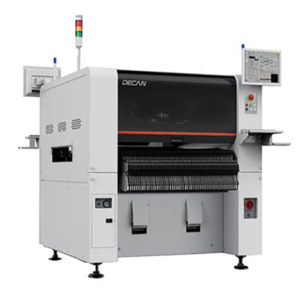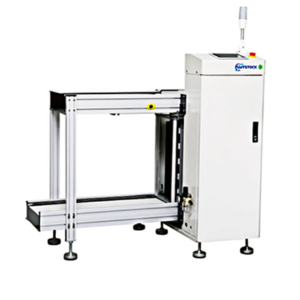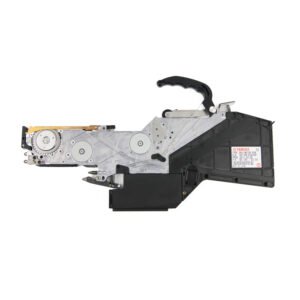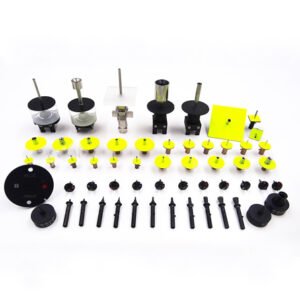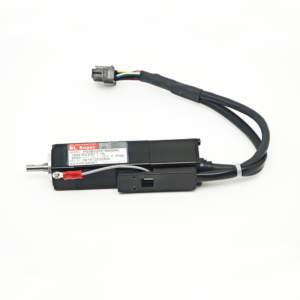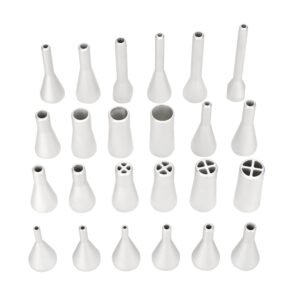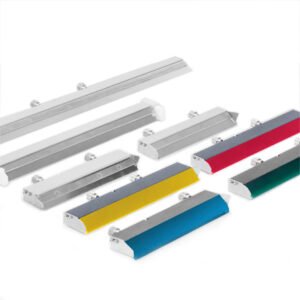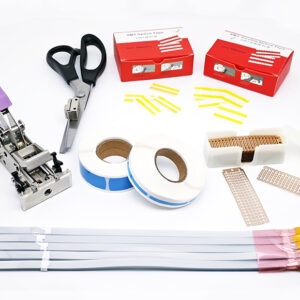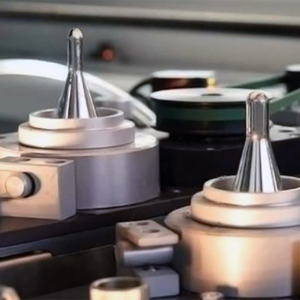How to choose a solder printer squeegee?
A solder printer squeegee is a critical component in the solder paste printing process used in PCB assembly. The squeegee’s primary function is to spread solder paste evenly over the PCB, ensuring that the paste is applied in the right amount and at the right location for surface-mount components. Choosing the right squeegee is essential for achieving high-quality prints and optimizing production efficiency.
Key Factors to Consider When Choosing a Solder Printer Squeegee
1 Material
The material of the squeegee affects its durability, performance, and how well it handles different solder paste types. Common materials include:
•Stainless Steel: Offers durability and resistance to corrosion. It’s ideal for high-volume production and longer-lasting performance.
•Polyurethane: Soft and flexible, making it suitable for delicate boards or when gentle paste application is needed.
•Plastic (e.g., Nylon): Cost-effective and durable, but might not be suitable for high-pressure applications.
2 Squeegee Blade Hardness
The hardness of the squeegee blade directly impacts the pressure applied during printing. Softer blades are more flexible and better at handling delicate PCBs and fine-pitch components, while harder blades provide better consistency and are more suitable for thicker solder paste. You can choose blades based on the following:
•Soft (Durometer 60-70 Shore A): Ideal for fine-pitch and delicate components.
•Medium (Durometer 70-80 Shore A): Suitable for general use.
•Hard (Durometer 80+ Shore A): Best for thicker solder paste and high-pressure applications.
3 Squeegee Blade Width
The width of the squeegee blade determines how much solder paste is applied during each pass. Narrow blades are ideal for fine-pitch components or small PCBs, while wider blades can cover larger areas more efficiently.
•Narrow blades are used for precise, small-pitch applications.
•Wider blades are used for larger boards and more consistent paste application.
4.Squeegee Blade Length
The length of the squeegee blade should be selected based on the size of the stencil and the size of the PCB. A longer squeegee blade is better for larger stencils, while a shorter blade works well for smaller stencils and tight areas.
5 Edge Profile
The edge profile of the squeegee affects the quality of the solder paste print. A sharp edge is more precise but may wear out faster, while a slightly rounded edge provides a more uniform print and is less prone to wear. Choose based on the type of paste and desired print quality.
6 Adjustability
An adjustable squeegee allows for more flexibility during the printing process. The ability to control the pressure and angle can help achieve better print results, especially when working with different paste viscosities or board types.
7 Cleaning and Maintenance
Squeegees that are easy to clean and maintain will reduce downtime and ensure consistent performance. Consider choosing a squeegee material that resists paste buildup and can be cleaned easily. Stainless steel and plastic squeegees generally offer easier cleaning compared to others.
Types of Squeegees
1 Flat Squeegees
Flat squeegees are the most common type and are widely used for general solder paste printing. They provide a smooth, consistent paste application across the PCB surface.
2 Dual-Edge Squeegees
Dual-edge squeegees feature two usable edges, which can extend the blade’s lifespan and reduce costs. They are useful for high-volume production and can be rotated to ensure the blade remains sharp.
3 Contoured Squeegees
Contoured squeegees are designed to match the curve of the stencil, improving the efficiency of paste application, especially when dealing with uneven surfaces or thicker paste.
How to Choose the Right Squeegee for Your Needs
1 PCB Design: If you’re working with fine-pitch components or small boards, consider a narrower, softer squeegee blade. For larger boards or general use, a medium or hard squeegee may be more effective.
2 Production Volume: For high-volume production, durability and long-term performance are critical. A stainless steel or dual-edge squeegee will offer the best value.
3 Paste Type: Different solder pastes (e.g., thick or thin viscosity) require different squeegee materials and hardness. Softer blades work well with thinner pastes, while harder blades are better for thicker pastes.
4 Maintenance Requirements: Choose a squeegee that is easy to clean and maintain, especially if you plan to run multiple paste types or colors.
Conclusion
Choosing the right solder printer squeegee is crucial for achieving high-quality solder paste printing and ensuring consistent production results. By considering factors such as material, hardness, width, and length, you can select the best squeegee for your application. Regular maintenance and proper handling will ensure that your squeegee performs optimally, contributing to the overall quality and efficiency of your PCB assembly process.
For more information on solder printer squeegees or to explore our range of products, pls contact us at sales@smtstock.com or visit us https://smtstock.com/product-category/printer-squeegees/

